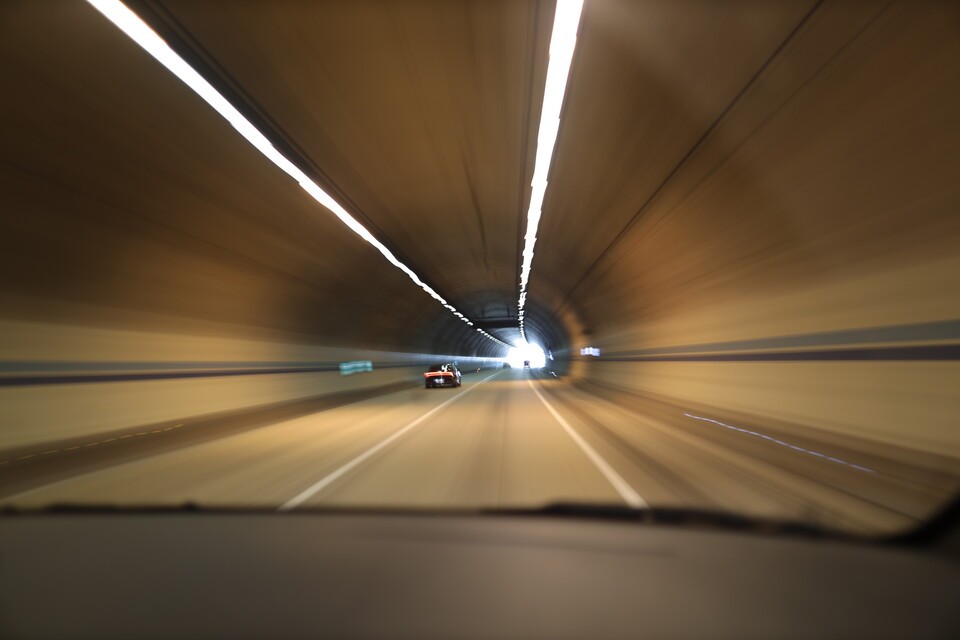
Tunnels are the darkest sections of a road. A driver’s visibility is sharply reduced, and the monotonous driving environment induces drowsiness. The longer the tunnel, the higher the likelihood of an accident. In fact, the fatality rate of traffic accidents within tunnels is more than double the overall average.
The Anti-Corruption and Civil Rights Commission aimed to structurally resolve this issue, conducting a detailed investigation of 1,284 national road tunnels from January to March, and recommended specific institutional improvements in six areas, including lighting, noise, and fire response, to the Ministry of Land, Infrastructure and Transport and the National Police Agency.
Public demand for tunnel safety was high. According to a public opinion poll conducted late last year by the commission, 69% of respondents reported difficulties in driving through tunnels.
The commission proposed environmental improvement measures to secure visibility inside tunnels. Contaminated walls and outdated lighting restrict drivers’ visual information. Consequently, the commission recommended mandatory wall cleaning at least twice a year and preparing lifespan standards for LED lighting.
Improvement of facilities to prevent freezing accidents during winter was also included. A recommendation was made to revise the standards to install brine spraying facilities or heating devices at the entrances of tunnels longer than 1 km. Currently, only about a third of all tunnels are equipped with such facilities.
Measures to reduce drowsy driving were emphasized as well. The content included expanding the interval speed check ratio, currently only 15% of all tunnels, and standardizing landscape lighting and warning sound devices to prevent drowsiness on long-distance drives. The approach is to alert drivers by providing both visual and auditory stimuli.
Enhancing the ability to respond to tunnel fires was also identified as a major area for improvement. As the spread of electric vehicles increases the risk of fire, the introduction of fire blankets and cooling devices was advised. The emergency broadcast manual was recommended to include evacuation methods for incidents involving electric vehicles to refine response systems.
The recommendations were directed at the Ministry of Land, Infrastructure and Transport and the National Police Agency, and are expected to be gradually applied through cooperation with the local governments operating the tunnels.
Securing the effectiveness of these recommendations requires funding and cooperation among the operating agencies. Nonetheless, the commission believes the recommendations, developed through investigations and public feedback, are realistic.
Park Jong-min, Vice Chairman of the Anti-Corruption and Civil Rights Commission, said, “This institutional improvement will structurally enhance the safety level of road tunnels,” adding, “We will continue ongoing inspections to increase public awareness.”
Tunnels are no longer dark blind spots. When structural solutions and institutional execution are combined, the most dangerous areas can become the safest pathways.